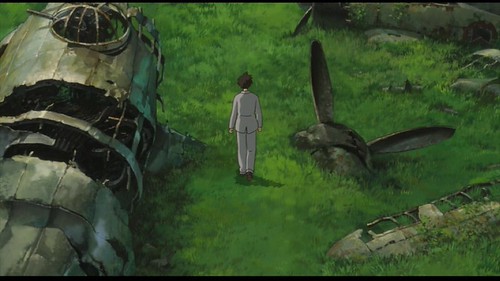by Paul Braterman
For disrespectful blogging and criticism of the religious authorities, one thousand lashes, to be administered 50 at a time. A fine of one million Riyals (roughly £170,000). 10 years in jail. If, like me, you have been wondering what horrible crimes could merit so severe a punishment, now you can find out.
I across a selection of Raif Badawi's writings in my local Waterstone's, and see that it has been published in the US, UK, and Canada, and that it is also available in French, German, and Italian. I do not know if there is an Arabic version; if there is, it will certainly not be available in the author's native Saudi Arabia. However, the attempts to silence Badawi have ensured him a far wider audience than he could ever have thought possible.
Having read the offending blog posts, I am shocked. Not because they are strident, or violent, or opposed to religion, or subversive of government, but because they are none of these things, and yet have attracted so extreme a reaction.
A brief foreword to the book (see below) is followed by a short preface, by the bilingual TV journalist Constantin Schreiber. This places Badawi's writings in context, and describes how the hopes he expressed in the days of the Arab Spring have been dashed by events. Unlike Schreiber, I am neither an Arabic speaker nor an expert on events in the Middle East, so I am doing my best here using the English language translation and my own limited background knowledge. If I have been guilty of any mistakes or misinterpretations, I hope that better-informed readers will point these out.
The first piece is a plea for freedom of thought and expression, using a quotation from the Quran itself in support. The second, a complaint against censorship and the outrage synthesised to justify it, begins with the unconsciously prophetic words
Many of the Islamist activists of Saudi Arabia dream of the return of an era along gone: they fantasize about the times of the caliphs. Those caliphs were known to banish and murder their opponents.… The modern Islamists hope history will repeat itself.
Indeed, we now once again have a self-styled caliph, at the head of the entity known as Daesh, [1] that now of all times needs no further discussion by me.

